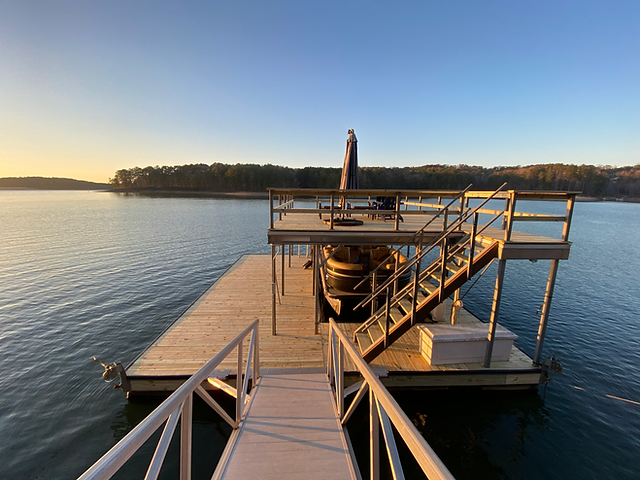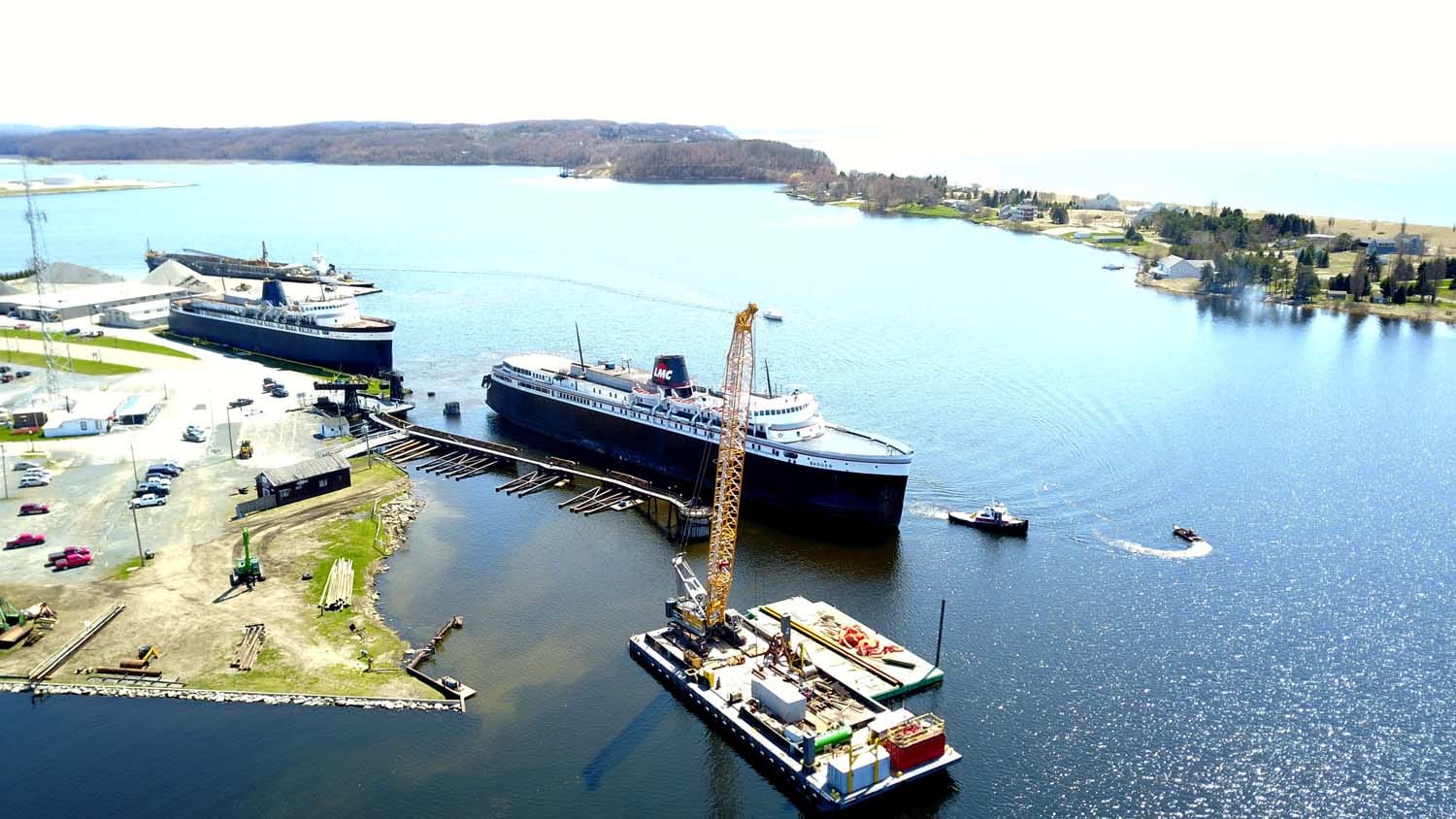Why Regular Maintenance Can Reduce Future Dock Repairs
Why Regular Maintenance Can Reduce Future Dock Repairs
Blog Article
Effective Dock Repair Service Techniques: Guaranteeing Structural Honesty
Guaranteeing the architectural honesty of anchors with efficient repair methods is paramount for the long life and safety of marine facilities. This involves a multi-faceted method beginning with comprehensive assessments making use of innovative modern technologies like finder tools and from another location operated cars (ROVs) to find both noticeable and hid problems. Consequently, choosing the best repair service products, such as composite materials and corrosion-resistant alloys, is critical for longevity. Architectural reinforcement techniques, including the execution of cross-bracing systems and load-distribution plates, play a vital function in mitigating stress and anxiety factors. However, the relevance of these methods comes to be obvious when checking out innovative repair service techniques and preventative upkeep methods.
Evaluating Dock Damages
Assessing dock damages is a critical initial step in making certain the structural stability and safety and security of any docking center. This initial assessment involves a thorough assessment to recognize both visible and hidden damages. Key facets to check out include the dock's foundation, pilings, decking, and hardware. Each component should be inspected for indicators of wear, rot, deterioration, or various other forms of destruction that can endanger the architectural integrity.
Structural designers or qualified assessors generally do these evaluations using specialized methods and tools. For example, underwater examinations may utilize finder equipment or from another location ran vehicles (ROVs) to spot submerged damage. Over water, aesthetic evaluations are complemented by using dampness meters and various other diagnostic tools to reveal underlying concerns not quickly noticeable to the nude eye.

Picking Repair Service Products
Selecting the suitable repair products is a pivotal step in the dock remediation procedure, one that directly affects the longevity and performance of the fixed framework. Product choice have to be driven by factors such as environmental conditions, load-bearing requirements, and compatibility with existing dock components.
Along with wood, composite products are increasingly popular due to their resilience and low upkeep demands. Composites, commonly made from a mix of plastic and wood fibers, supply exceptional resistance to rot, bugs, and UV damages. For metal anchors, selecting corrosion-resistant alloys such as galvanized steel or marine-grade aluminum is vital to stop rust and make certain architectural integrity in saline water problems.
Epoxy materials and marine-grade sealants are vital for repairing splits and sealing joints, supplying a waterproof barrier and boosting the dock's overall toughness. By diligently selecting top notch materials, dock repair work can accomplish durable outcomes, thus securing versus future degradation and making sure secure, dependable use.
Architectural Support Techniques
Reliable architectural support strategies are crucial in making sure the security and long life of dock repair work. This technique is specifically reliable for docks exposed to heavy tons or rough ecological conditions.
One more crucial technique is the application of fiber-reinforced polymers (FRP) These materials use high strength-to-weight proportions and excellent resistance to rust, making them excellent for reinforcing concrete or wooden docks. FRP can be applied in sheets or strips and adhered with epoxy resins to boost architectural honesty.
Supporting and securing systems Extra resources additionally play an essential function in structural reinforcement. Cross-bracing, utilizing metal or wooden beams, can counteract lateral pressures, decreasing persuading and motion. Anchoring systems, such as helical piers or driven heaps, provide a stable foundation by moving lots to much deeper, extra secure dirt layers.
Finally, the assimilation of load-distribution plates can aid disperse weight much more uniformly throughout the dock's surface, reducing localized stress points. These techniques collectively make sure that docks remain safe and durable, capable of holding up against the rigors of their operational setting.
Advanced Repair Work Approaches

One more sophisticated strategy entails undersea welding, which permits fixings to be conducted without the need to dewater the area. This method is particularly helpful for resolving architectural concerns in immersed dock elements, making sure marginal interruption to operations. Improved welding techniques, coupled with robotic systems, deliver accuracy and integrity, consequently prolonging the life expectancy of the dock.
Additionally, cathodic protection systems are executed to stop corrosion in metal dock frameworks. By utilizing sacrificial anodes or amazed current systems, these techniques effectively minimize the electrochemical procedures that cause material wear and tear.
Lastly, advanced surveillance modern technologies, such as architectural wellness surveillance (SHM) systems, supply real-time data on the condition of dock frameworks. These systems make it possible for aggressive upkeep and prompt treatments, inevitably ensuring the long-term architectural stability of the dock.
Upkeep and Avoidance
Upkeep and avoidance are essential ideas that underpin the durability and safety and security of dock structures. Normal evaluations are critical, enabling for early detection of damage, possible weak points, and ecological impacts. An aggressive strategy, including routine look for rust, rot, and structural changes, alleviates expensive repairs and lengthens the dock's operational life.
Preventative steps should consist of applying safety finishings to metal parts to defend against rust and making use of cured timber to withstand decay. In addition, making sure proper drainage and air flow can prevent water accumulation, which is an usual root cause of structural destruction. Integrating quality materials and sticking to maker guidelines throughout building and construction and fixing phases additionally play vital duties in improving resilience.

Educating personnel in dock maintenance best methods makes certain regular application of preventive measures. Leveraging technological advancements, such as drones for assessments and sensing units for real-time surveillance, can better enhance maintenance efforts. By prioritizing maintenance and prevention, dock owners can guarantee her comment is here structural integrity, operational security, and economical monitoring over the dock's lifespan.
Verdict
In verdict, preserving the architectural honesty of marine facilities demands detailed dock repair strategies. Complete evaluations making use of sophisticated devices discover both visible and hid damages, while the choice of appropriate fixing materials boosts sturdiness. Implementing architectural reinforcement approaches addresses tension factors efficiently. Advanced repair strategies, combined with normal maintenance methods, make certain the dock stays safe and functional under diverse ecological conditions. Embracing these approaches dramatically extends the life-span and performance of aquatic facilities. resource
Guaranteeing the architectural stability of anchors through reliable repair methods is extremely important for the durability and safety and security of aquatic facilities.Choosing the appropriate fixing materials is a crucial action in the dock restoration procedure, one that straight influences the durability and performance of the repaired framework.Effective architectural support methods are critical in making certain the stability and durability of dock fixings. By focusing on maintenance and prevention, dock proprietors can make certain structural stability, functional safety and security, and affordable administration over the dock's life-span.
In verdict, maintaining the structural integrity of marine centers demands thorough dock fixing strategies.
Report this page